John Hurrell – 30 November, 2019
Cotton in this show is obviously enjoying a more improvised form of painting where translucent and dotty layers are significant, and where pristine tidied finishes are not a priority. The entangled layering to the left and right of each head plays with memory and recognition as you scan the canvas and twist or flip the configurations in your imagination.
With its presentation of nine images of mokomokai, this stylistically unusual Shane Cotton show uses content he has investigated many times before—but now in a looser, less designy, less painterly-tight, fashion.
Paler now, and perversely less sombre in mood-and rawer, more fluid and more abandoned in their dribbly paint application—these thinly painted portraits hint at Maria Lassnig or LeRoy Neiman with their pastel colours, and Albert Oehlen or Bill Hammond with their liquid physicality. The show is unexpected. Through its mark-making, rather than its gruesome subject-matter which is more shocking now than ever.
We all know the ghastly story about these trophies: hapless slaves or prisoners of war compelled to have fake tā moko ‘tattooed’ on their faces, and then decapitated so their dried heads could be sold for muskets. (And of course we remember the standard image of H.G.Robley-whose book I have here sitting next to my computer screen—in his London sitting-room, posing with his hideous collection that includes the head of a child.)
Initially my sense was that Cotton’s mottled rhizomic images are contemplations of fakery, about the inauthentic, about ersatz representations of genealogy. Cotton’s disturbing visages seemed to be about drawing (whether on human flesh or canvas), its practice and the replication of linear motifs.
On one hand they were about horror and a subjectmatter’s repulsion/attraction, and on the other they pondered distance from emotion and its rehearsal. The practicing of deception.
On prolonged looking, many of the curvilinear motifs don’t look like they are connected to tā moko at all, but instead look mechanical and solid, like three dimensional metal parts, or pistons and moving levers with cables. Surprisingly they are sculptural and hint at a cyber-being or robot beneath the skin, perhaps alluding to a loss of free will, an espousal of determinism, human actions programmed or controlled by unseen but ever-present ancestral beings.
The six smaller versions—the studies on paper for the canvases—are more skull derived than the canvases; some have John Reynolds-ish meandering pencil lines on the sides. They are paler still overall—perhaps a form of ‘pākehā-isation’?—and are about organising blocks of colour, having an unnerving ectoplasmic feel.
Cotton in this show is obviously enjoying a more improvised form of painting where translucent and dotty layers are significant, and where pristine tidied finishes are not a priority. The entangled layering to the left and right of each head plays with memory and recognition as you scan the canvas and twist or flip the configurations in your imagination. The genealogies of ersatz moko merge with what seems like a drawn form of Augmented Reality, fragmenting and recoalescing, realigning and spinning, hovering yet embedded in the picture plane.
What is really interesting about these acrylic works is that they seem to refer to the very early oil paintings of the late eighties when Cotton was fresh out of art school and interested in the organic pod paintings of English artist Terry Winters. They helped him move through the cellular works of the early nineties when he was doing serious research into Māori mythology.
Though not showing plasticity of form—the recent works are more like flat but intricate drawings—they have a sense of paint as mucky substance not predestined for rendering schemata. Vestiges of symbolic coding for political issues are obviously still there but the materiality of thin runny paint itself is being looked at again as a source of pleasure—not for the articulation of shapes and the filling-in of very considered, designed, motifs.
John Hurrell
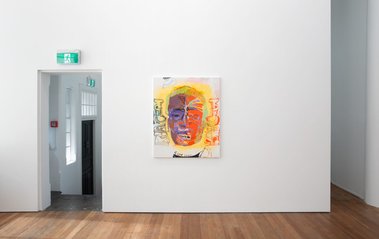
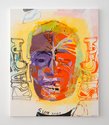
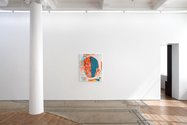
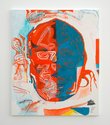
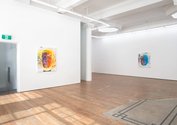
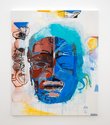

 Advertising in this column
Advertising in this column Two Rooms presents a program of residencies and projects
Two Rooms presents a program of residencies and projects



This Discussion has 0 comments.
Comment
Participate
Register to Participate.
Sign in
Sign in to an existing account.